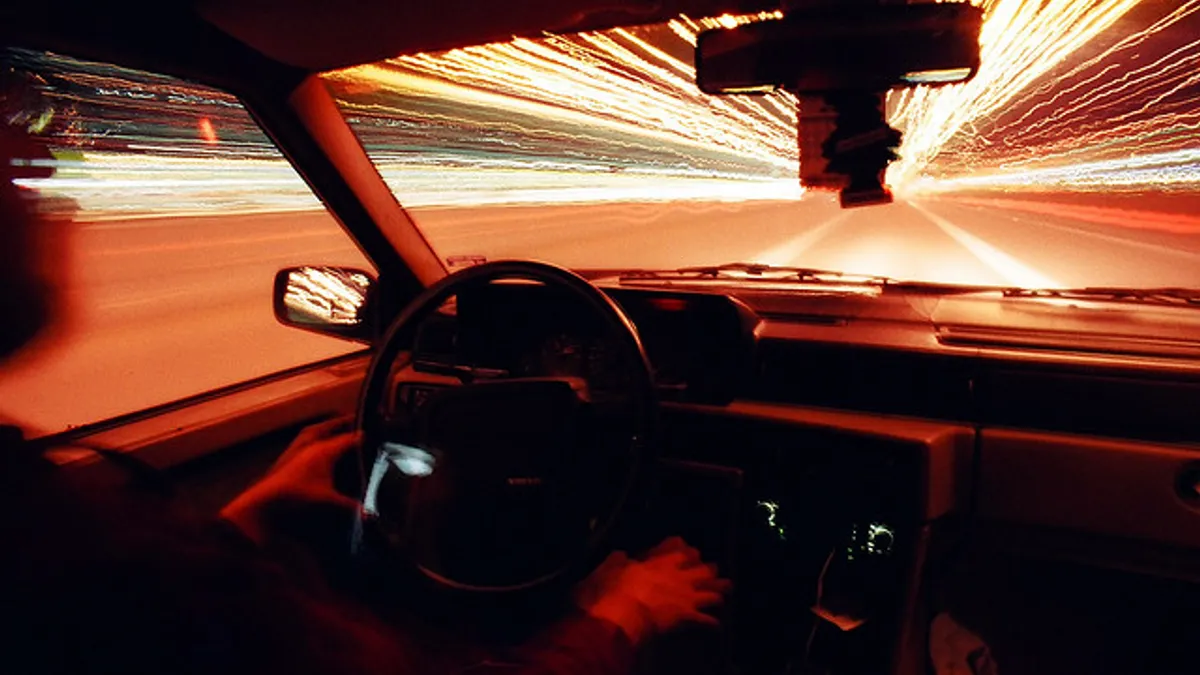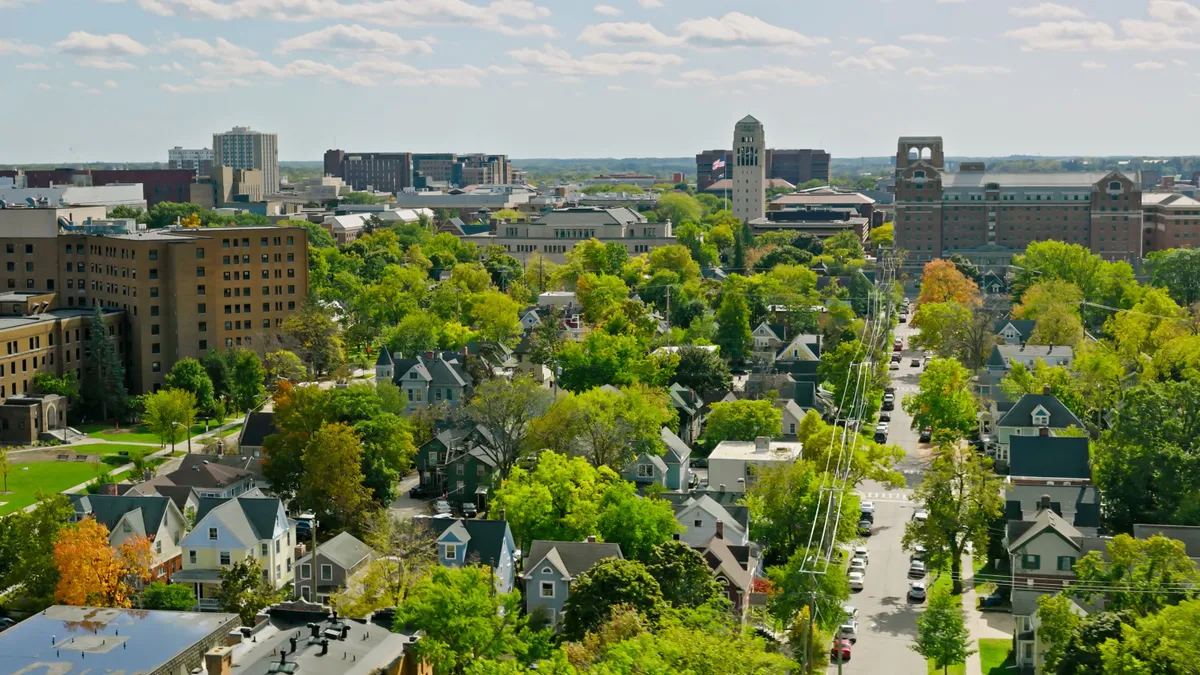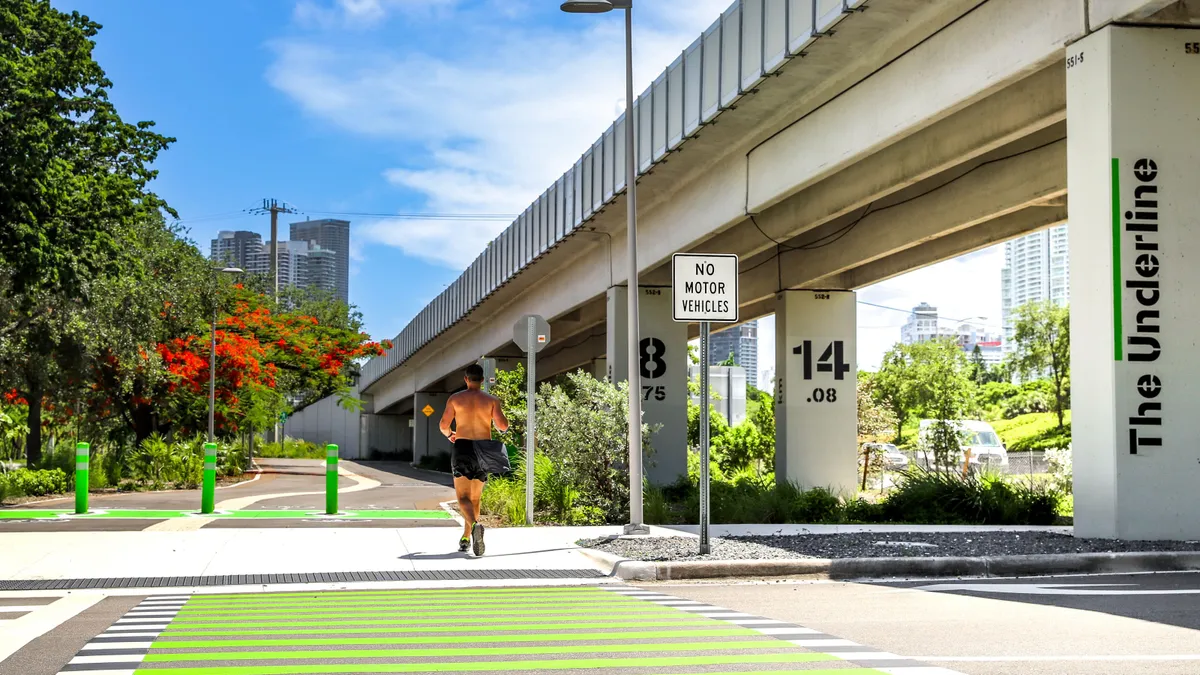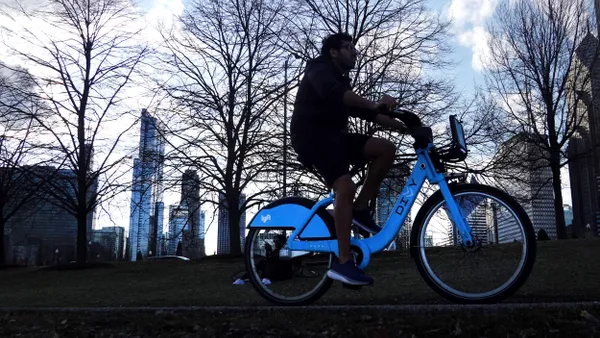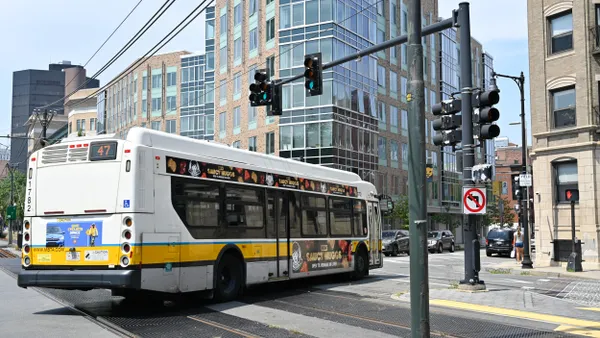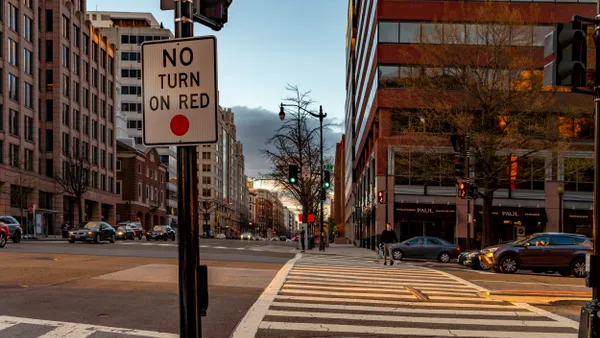Dive Brief:
- The American Academy of Sleep Medicine (AASM) has released a position statement that fatigue and sleepiness are inherent safety risks of the ride-sharing industry. The statement is based on two factors: ride-share drivers often work for the industry during their "off" time from a primary job, which may lead to extended periods of wakefulness; and the drivers are employed as contractors and therefore are not screened for sleep-related medical issues.
- AASM is calling on ride-sharing companies to assess and track how many consecutive hours employees work and provide education regarding the importance of sleep. It is also calling on government agencies to mitigate the risk through regulatory measures and encouragement for drivers to undergo sleep disorder screenings.
- The statement cites research from the National Highway Traffic Safety Administration, the Centers for Disease Control and Prevention (CDC), the National Transportation Safety Board and the AAA Foundation for Traffic Safety, as well as information from the Uber and Lyft websites.
Dive Insight:
Along with many other driver-focused industries, sleep apnea and related sleeping disorders are a prominent — and often not-well-tracked — risk to the safety of vehicle operators and passengers. The Federal Motor Carrier Safety Administration and Federal Railroad Administration has worked on proposed legislation regarding sleep apnea treatment for various industry employees, yet no governmental action has been taken within the ride-share industry.
The issue is not lost on leading ride-share companies, though. In February, Uber took aim at drowsy driving with a new mandate that requires drivers to take six hours of rest for every 12 hours of driving time. Similarly, Lyft drivers in "most regions" are required to take a six-hour break for every 14 hours on the road. Despite these efforts, AASM believes the mandates are "insufficient" considering the reality that many ride-share drivers work multiple jobs and often "drive late at night and early in the morning when sleepiness may peak," according to an AASM blog post.
It's a significant challenge for ride-share leaders to mandate more rest periods (while ensuring drivers are still making enough money to justify the position), therefore the onus is on government leaders to increase industry safety and suggest proactive measures to reduce sleep-associated risks. Even on a local level, cities can step in to mitigate these problems through various workshops, low-cost medical screenings or legislative action.



